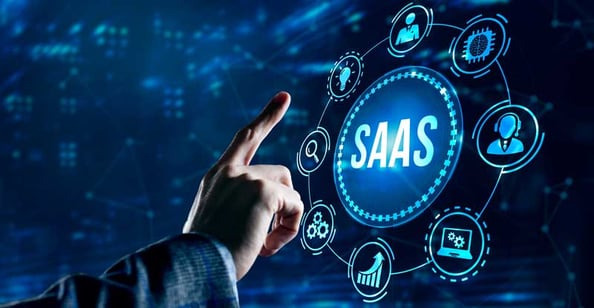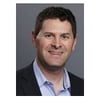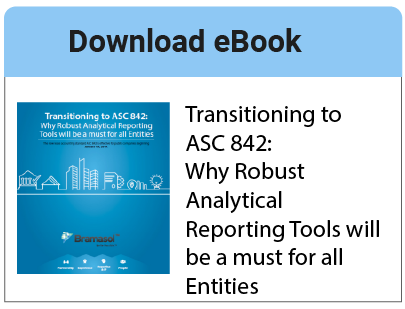This new episode in our ongoing series on the Digital Solutions Economy (DSE) provides an overview of how DSE is impacting the Software as a Service (SaaS) industry. Previous episodes in this series include:
- DSE in the Telecom Industry
- DSE in the Media and Entertainment industry
- DSE in the Semiconductor Industry
- DSE in the Medical Device industry
- DSE in Utilities industry
- DSE in the Energy Sector
- DSE in Transportation
Overview
Software as a Service (SaaS) is a delivery model in which software is provided over the internet, on a subscription basis, rather than as a product installed on companies' own computers. SaaS has its roots in the late 1990s with early adopters such as Salesforce.com, but it wasn't until the mid-2000s that SaaS started to gain widespread adoption. In the following decades, the growth of cloud computing and the increasing availability of high-speed internet made SaaS a more viable option for businesses of all sizes.
Today, SaaS is a multi-billion dollar industry, the fastest growing business model, and is a major driver of innovation in the software industry. Analytics firm Statista estimates that the SaaS market is worth approximately 146 billion in U.S. dollars and estimated to reach 195 billion U.S. dollars by 2023.

The future of SaaS looks bright as the initial focus on subscriptions evolves into a broader range of Digital Solutions Economy offerings that will fuel continued growth in the coming years. Some of the key SaaS trends include:
- Increasing focus on artificial intelligence and machine learning
- Greater emphasis on data privacy and security
- Expansion into new markets, such as developing countries
- Greater integration with other technologies, such as the Internet of Things (IoT)
- Increased competition and consolidation within the industry
Some of the fastest-growing segments in the SaaS market include:
- Customer relationship management (CRM) to manage and understand customer interactions and behavior.
- Human resources management (HRM) to improve the efficiency and usability of HR processes.
- Accounting and finance processes as businesses look to automate and streamline their financial operations.
- Rapid adoption of subscription-based DSE offerings, with usage-based services and bundling of products
- Marketing automation to enhance marketing campaigns and target customers more effectively.
Key Challenges in the SaaS sector:
- Complex pricing models: SaaS applications often have complex pricing models that involve recurring subscriptions, usage-based billing, and different levels of service. This can make it difficult to simultaneously serve customer demands, manage back-end processes, and determine the appropriate time to recognize revenue.
- Long-term contracts: With many SaaS customers committing to long-term contracts that include usage, entitlements and other rights, it can be difficult to track and support actual consumption while assuring accounting compliance.
- Deferred revenue: When customers prepay for SaaS subscriptions, the revenue is typically deferred until the services are provided, which can result in significant amounts of deferred revenue on the balance sheet.
- Compliance: The adoption of ASC 606 and IRFS 15 accounting standards for revenue recognition introduced new requirements for SaaS companies, particularly around the allocation of revenues and the recognition of variable consideration.
- Upgrades and downgrades: SaaS applications like most DSE applications are focused on putting customers in charge of changes, which is great for loyalty but presents challenges for managing the end-to-end, quote-to-cash back-end systems.
How DSE and Digital Transformation Solutions Apply to the SaaS industry
As SAP's high-tech industry executive Patrick Maroney says, " Offering a usage- or subscription-based solution entails a fundamental change in your business model, whereby there is synchronization and native integration between commerce, configuration, engineering, pricing, quotation, finance, supply chain, billing/invoicing and entitlement management."
In working with a range of mid to large size companies looking to start or enhance their SaaS offerings, the Bramasol team has seen good success at leveraging SAP solutions such as Billing & Revenue Innovation Management (BRIM) in conjunction with SAP Revenue Accounting and Reporting (RAR) to help companies gain improved visibility and management over their end-to-end operational processes, customer empowerment, and compliance mandates. By using SAP BRIM, companies with SaaS applications can automate and streamline their billing and revenue processes, reducing manual effort and improving accuracy, while also providing insights into customer behavior and revenue trends.
The combination of BRIM and RAR can seamlessly integrate RevRec compliance processes for SaaS such as:
- Recognizing revenue at the point of sale or over the term of the subscription
- Accounting for upgrades and downgrades of subscriptions
- Recognizing deferred revenue and unearned revenue
- Accounting for renewals and cancellations of subscriptions
From a rapid implementation standpoint, the agnostic flexibility of both BRIM and RAR enable SaaS companies to quickly integrate with legacy customer-facing subscription sign-up processes while providing comprehensive quote-to-cash-to-compliance back-end systems. The Bramasol team has developed a range of "sandbox development" tools for helping client companies navigate the extensive set of capabilities in the BRIM portfolio in order to rapidly tailor and test working models to support SaaS offerings.
Looking forward, the path to SAP S/4HANA provides a solid roadmap for seamless meshing of all these specific line-of-business capabilities within a high-performance, in-memory architecture that assures both scalability and future-proof extensibility. Also, the ability to leverage comprehensive agnostic analytics tools such as SAP Analytics Cloud will be key to enabling agile decision-making that takes into account timely data from all parts of the end-to-end process.
In addition, SAP's emphasis on cloud deployments (both Public and Private Cloud), along with implementation accelerators such as RISE with SAP make it easier to migrate their BRIM and RevRec based processes into cost-effective cloud environments. In essence, the overall cloud-based SAP ecosystem is becoming an advanced SaaS platform for flexibly implementing and scaling a wide range of end-customer SaaS applications.
By embracing advanced Digital Solutions Economy capabilities, SaaS companies can not only enhance their competitive standing by gaining more flexibility and scalability; they also can improve their revenue predictability, increase loyalty and deepen ongoing partnering relationships.
For More Information, check out these resources:

.png?width=3121&name=MicrosoftTeams-image%20(33).png)


